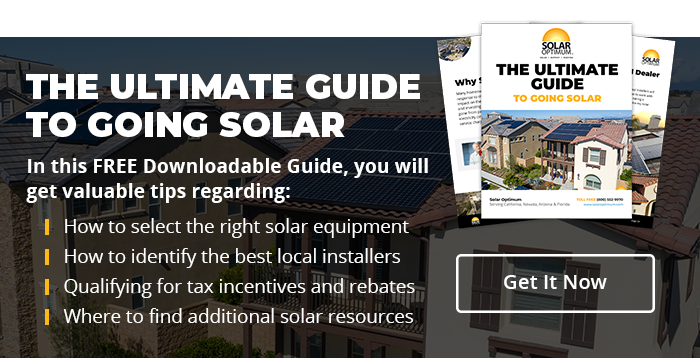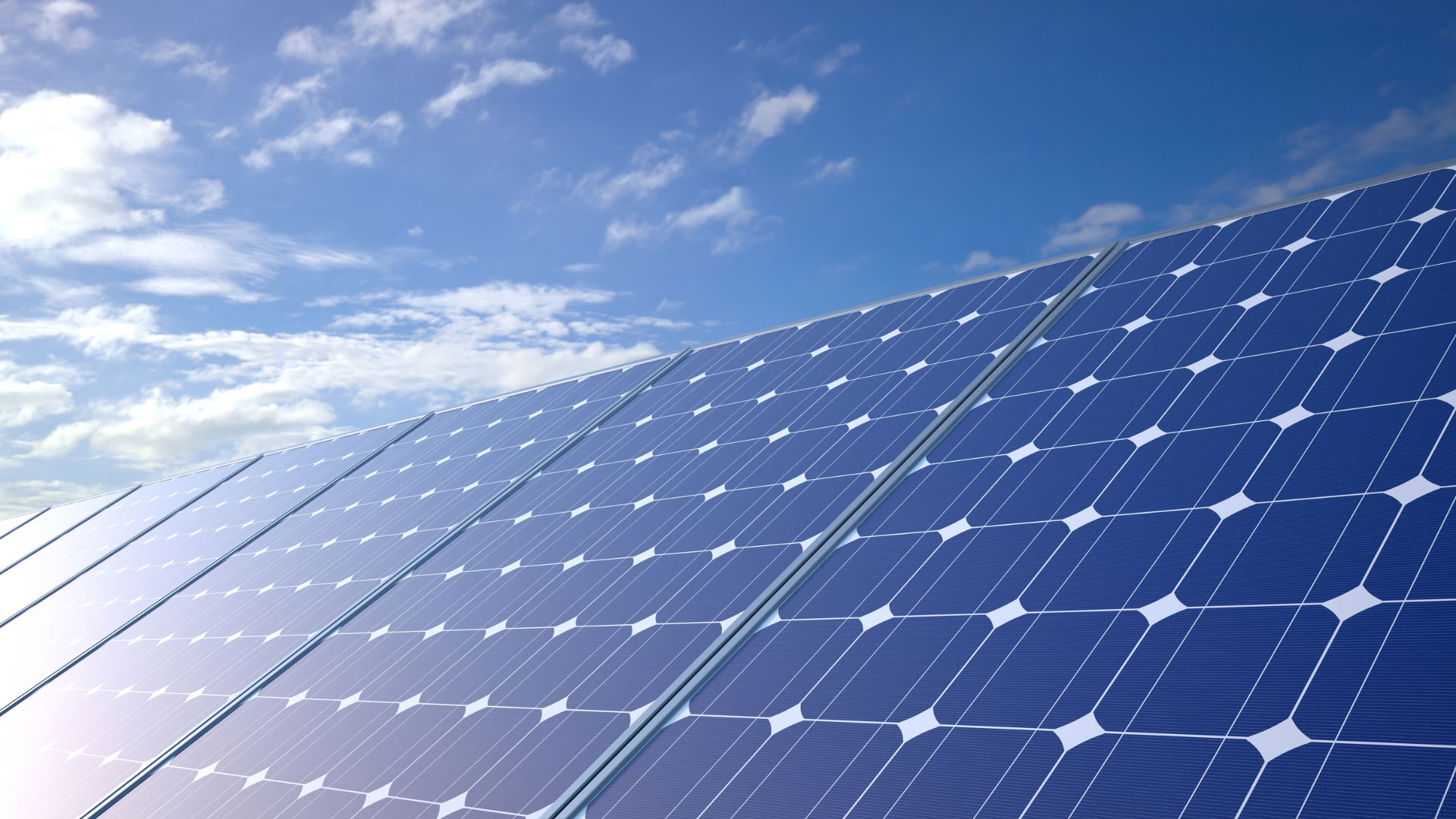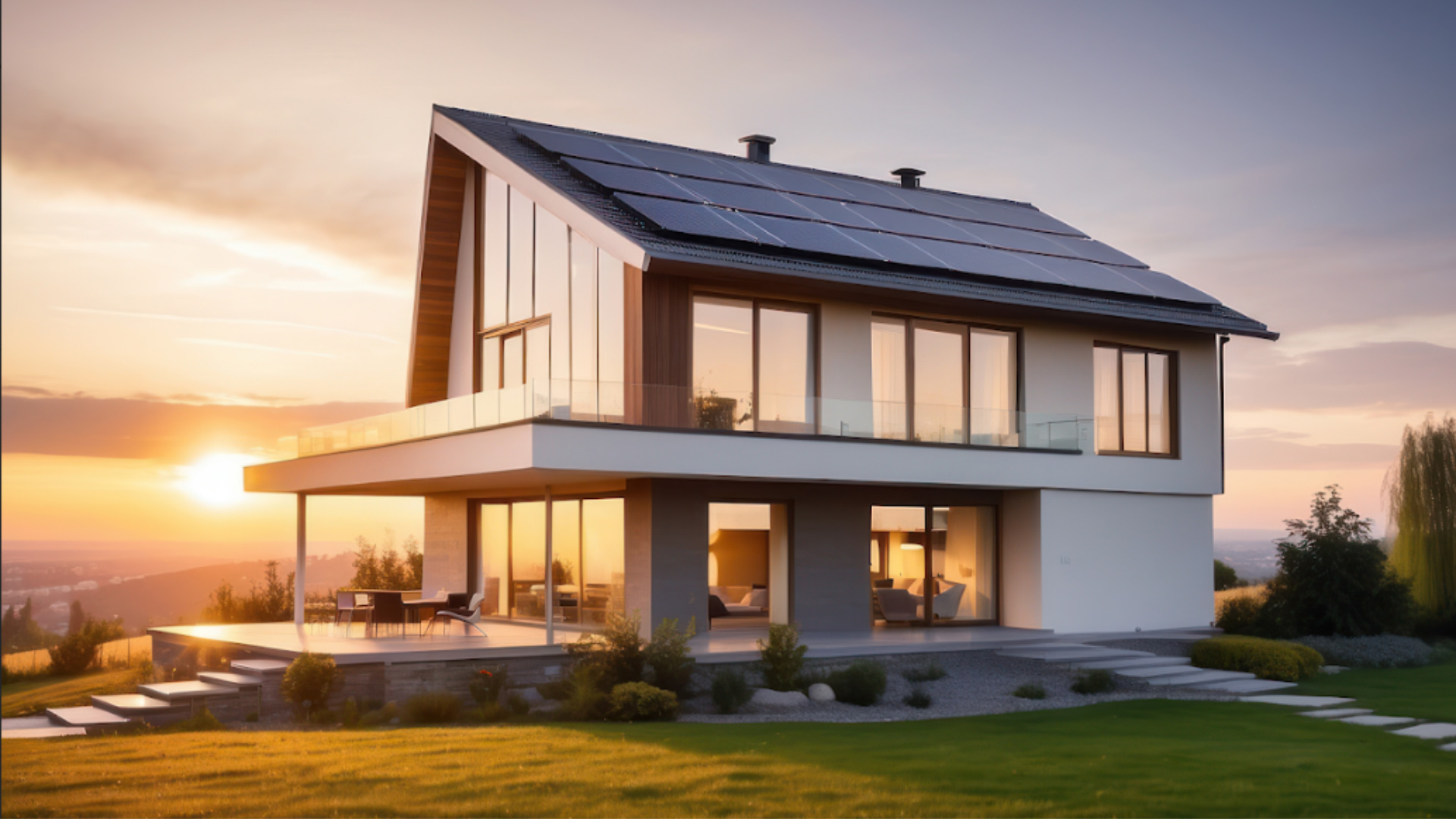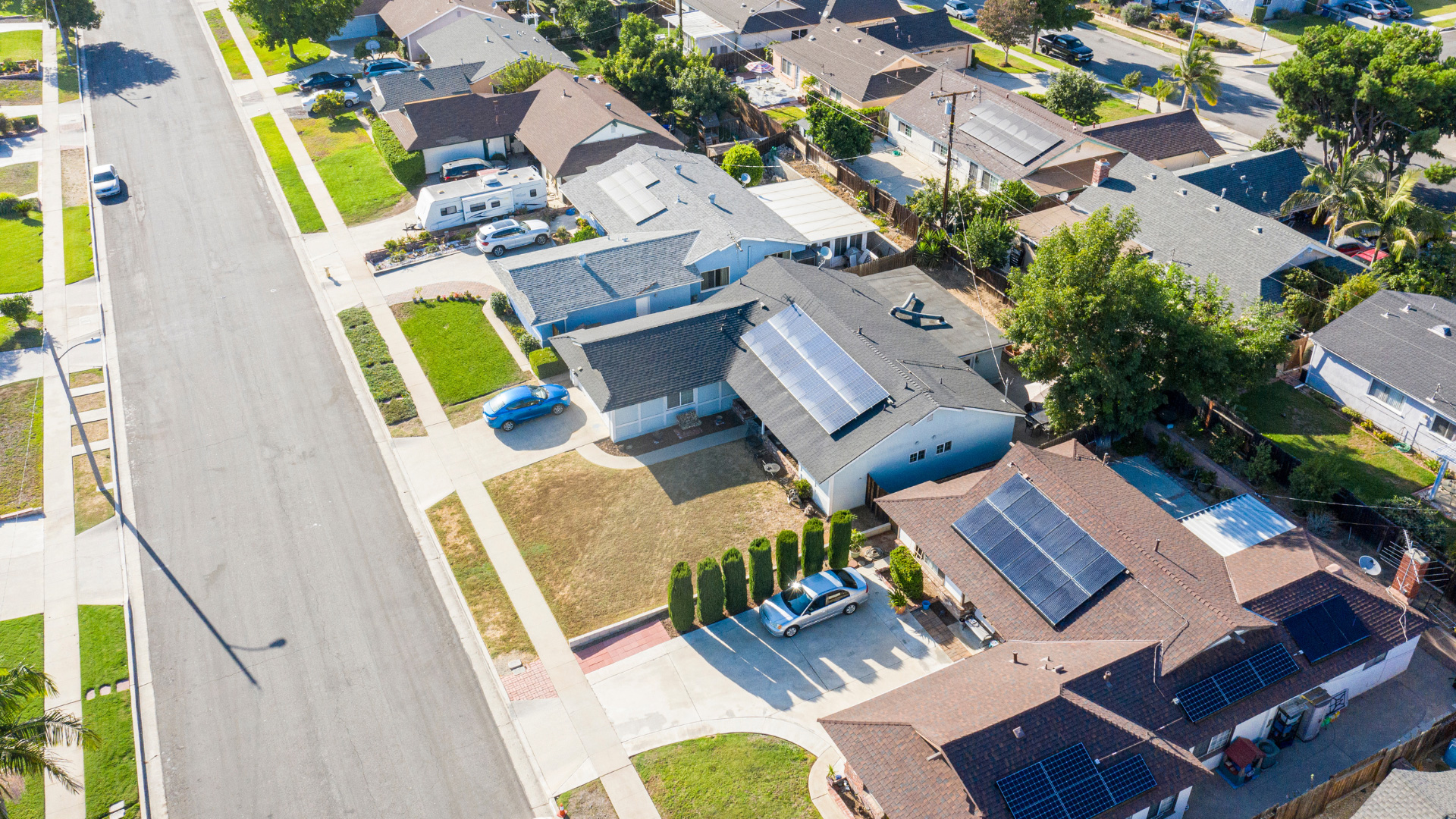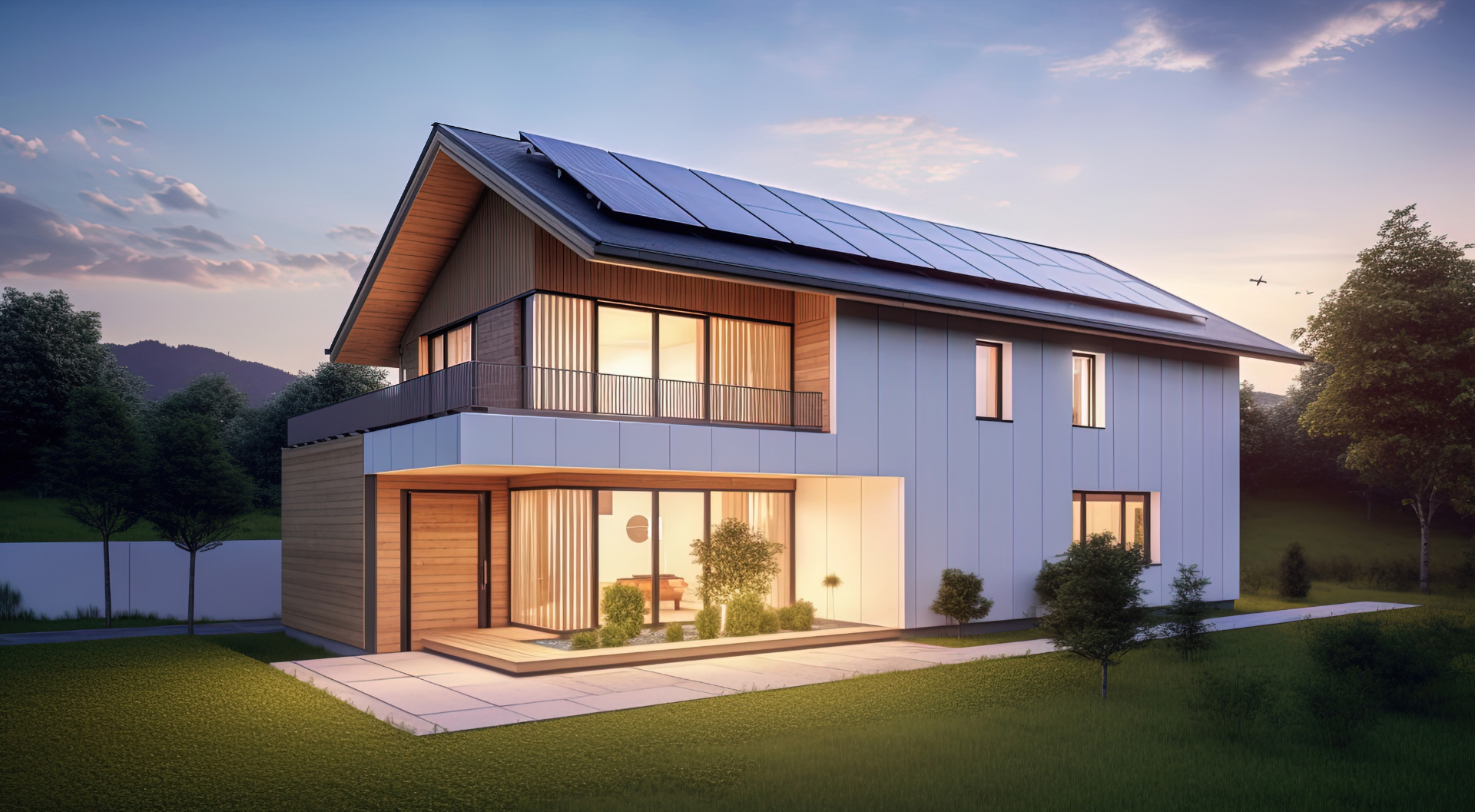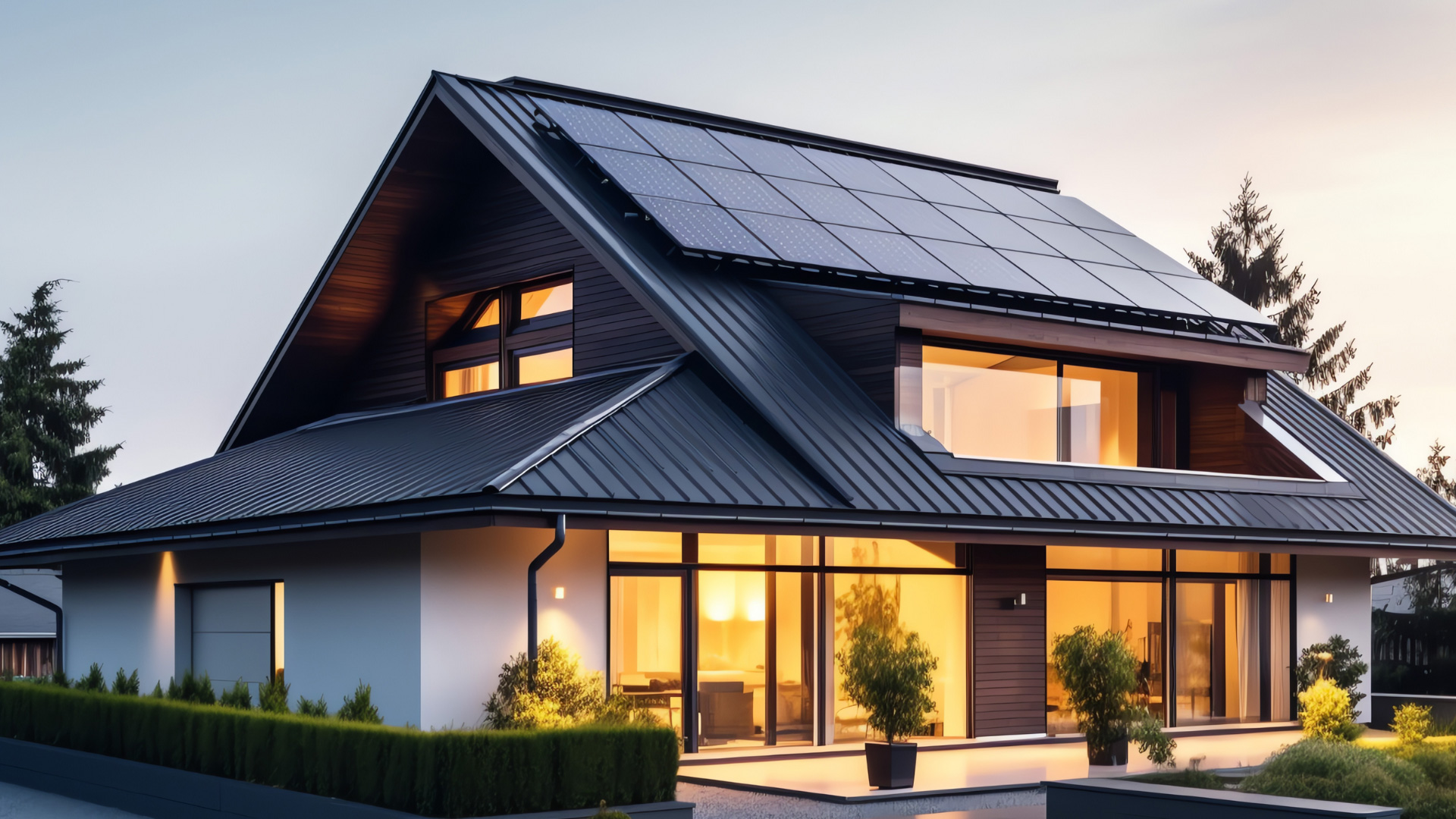American homeowners have installed roughly three million residential solar systems already and the popularity of this renewable energy option continues to grow. There are plenty of reasons behind solar’s rise in popularity, ranging from the 30% federal solar tax credit to the long-term ROI of producing your own power. All of these benefits are exciting — but you shouldn’t just dive into this decision without being informed. If you’re considering making the switch to solar, there are some things you should know first.
1. Roof Qualifications
Age of the Roof
Typically, solar panels require a relatively new roof since they last 25-30 years when properly installed. Simply put, the useful life of solar panels is almost equivalent to that of the roof itself. You may have to reinstall the system after a roof replacement if your roof is old. By replacing your roof before a solar installation, you avoid the process and extra cost of having to reinstall further down the road.
Shade and Obstructions
Panels use sunlight to power your home, meaning they should have minimal shade or obstructions to work effectively. You may require many panels depending on your energy needs, and barriers on the roof may limit installation space. Reduce shade and obstacles before installing the panels.
Roof Direction
Solar works best on a south-facing roof as the southern side receives more sunlight than the others. However, this should not derail your transition to solar energy since panels installed on an East/West roof are 80%-85% effective.
2. Benefits/Savings Potential of Solar
Solar reduces your reliance on other sources of energy to power your home. While the initial installation cost may appear high, you can save up to $1,500 annually on energy bills when you install solar in your home. In addition, the installation allows you to play a role in reducing global warming and climate change.
3. Finance/Purchase Options
Solar installation requires a considerable investment. However, there are several ways of funding the acquisition. Choosing the most appropriate method gives you a smooth transition into the world of renewable energy. Consider the following finance/purchase options.
Cash Purchase
Purchasing the system on a cash basis could be the best option when you have the money. You not only own the system but also become eligible for tax credits.
Loan
You can acquire the panels on credit and pay monthly installments instead of a one-off upfront payment. This option also allows you to claim the federal solar tax credit.
Lease
Leasing allows you to transition into solar energy without the hassle of installing the system. While you get the panels on your roof, a service provider bears the acquisition and installation costs. You are only required to pay a predetermined monthly rate.
4. Type of Panel
Panels vary in efficiency and cost. Monocrystalline panels have the highest efficiency but are the most expensive. Polycrystalline has a moderate efficiency and is cheaper than monocrystalline. You can also install the thin film panel, which is more affordable and flexible, although its efficiency is low.
Contact Us to Learn More
Renewable sources of energy are increasingly becoming attractive and affordable in the U.S. However, there are several things to know about solar before purchasing and installing the system in your home. At Solar Optimum, we have been providing solar solutions since 2008 and are ready to help you begin the journey to a more affordable and clean energy source. Contact us today to learn more.
